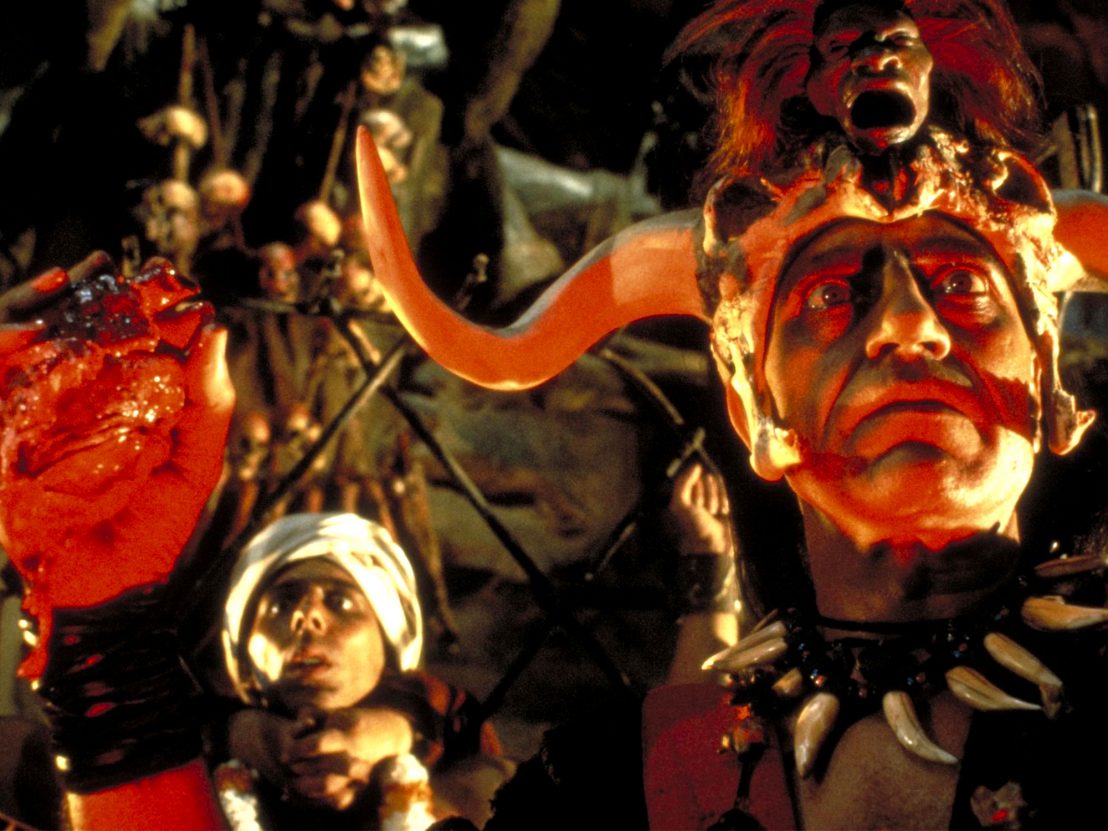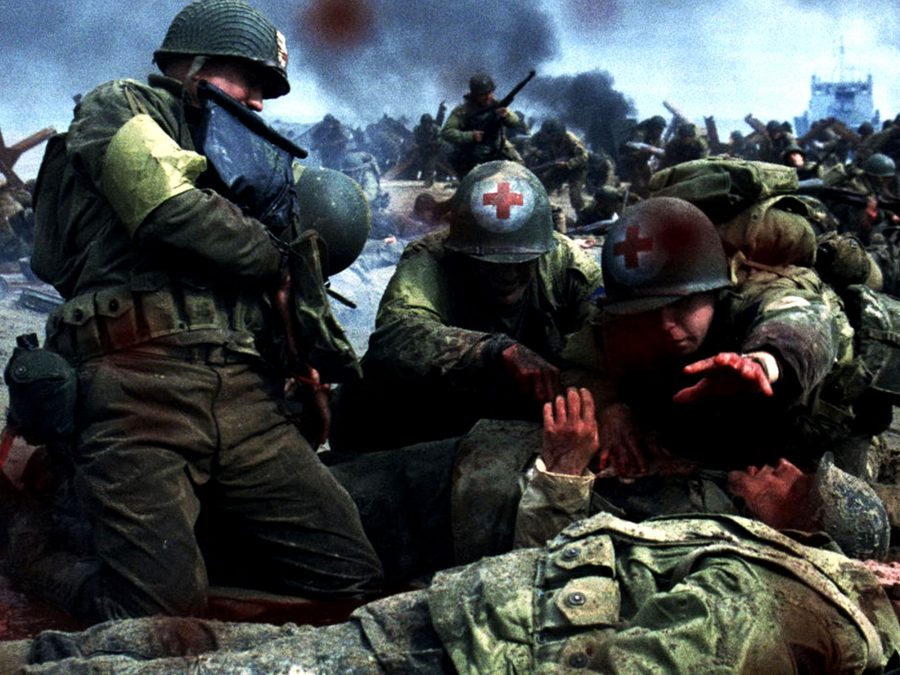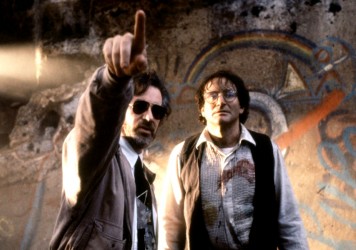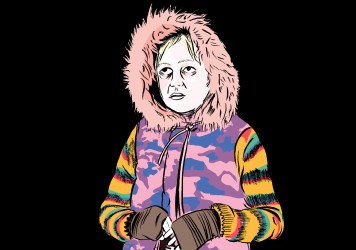
Hidden in the middle of Peter Biskind’s sensational Hollywood exposé ‘Easy Riders, Raging Bulls’ is an anecdote about Steven Spielberg that neatly sums up how the director has been perceived by the cinemagoing public over the years. Around the time of his 1974 breakthrough film The Sugarland Express, according to one executive producer, Spielberg not only slept wearing rolled-up socks but subsisted almost entirely on a diet of Twinkies.
It’s almost like finding out that Michael Haneke lives on raw meat and red wine, or that Bela Lugosi hated garlic. After all, for some, Spielberg’s films are cinematic equivalent of Twinkies – fluffy, sweet, agreeable but perhaps not nourishing. His critics call him “kitsch”, but even his fans sometimes talk about Spielberg as though he is some arch sentimentalist, responsible for films about as untroubled and untroubling as early morning children’s cartoons.
Yet to deny Spielberg’s penchant for harm – his bloodlust, his sadism – is to deny not only his best work, but to underwrite what makes his entire cinematic universe function. Sure, as so many have suggested over the years, Spielberg might have the spent the last four decades telling fairy tales, but he has done so in the tradition of The Brothers Grimm rather than Walt Disney, and his moral system is one defined wholly by his capacity for cruelty.
For Spielberg, evil is the natural state of the world. Almost without a fault, his films open with the slow unfurling of some international injustice – from slavery in Amistad, The Color Purple and Lincoln; to combat in Schindler’s List, Saving Private Ryan and War of the Worlds; to petty crime and punishment in Catch Me If You Can. Importantly, these horrors aren’t painted as exceptional or unusual. Although unspeakably brutal, there is a grim kind of inevitability to the infamous D-Day landing that opens Saving Private Ryan: men die because men must die, and they do so with little fanfare. They drown and they get shot and their bodies litter the beach, and death just happen. Death just is.

This mundanity – this simple, unadorned cruelty – defines the nature of Spielberg’s villains too, and his films are populated by characters capable of the most banal order of sadism. Amon Goth sits on his balcony and picks off concentration camp inmates with a rifle because he feels like it; because there is nothing else he can think of to do. The slavers in Amistad and The Color Purple disguise their cruelty behind that age-old lie: “I was just doing my job”. And even the Nazis in Raiders of the Lost Ark are more like businessmen than arch, moustache-twirling super villains; men with all the detached morality and reproachable big picture thinking that defines Wall Street traders.
And that’s not even to mention Spielberg’s silent killers – his sharks, his aliens, his dinosaurs, and his trucks. The invaders in War of the Worlds don’t ever seem to be acting in accordance with some carefully-drawn out masterplan, and even if they were, they don’t have the words to express that to their victims. They don’t think about what they do, or try to argue its validity: they just do it, and in this way, they are an oddly ancient force. They are the wrath of an Old Testament God; they are a plague of locusts ruining a prehistoric farmer’s crops; they are the meteor that wiped out the dinosaurs. They are evil at its most basic, and its most elemental.
This ultimately helps to explain the root of the cruelty in Spielberg’s films. There is a kind of historicity to his barbarism, and his violence seems part of a tradition; defined by rites and rituals. This is perhaps most clearly expressed in Temple of Doom, a masterpiece too often reviled as Spielberg’s most openly nihilistic work, and a film in which horror itself is revered as a kind of pagan spirit – an elemental force in a dualistic world that simply could not exist without it.
It might be somewhat moralising to imply that Spielberg relishes all this violence, and it’s certainly true that his heroes are as light as his villains are dark. But to deny the sadism of his cinema is to deny what makes it work – to ignore his natural predilections as a filmmaker. After all, even his happy endings are often conceived first as nightmares. Spielberg initially thought Jaws should end not with the sight of a blown-up shark, but with a whole host more cutting through the chopped water and heading straight for Brody – with evil undefeated; with evil as commonplace and natural as the air we breathe.
Published 21 Jan 2018

By James Clarke
Does the director’s take on JM Barrie’s classic tale of arrested development deserve its reputation?

Steven Spielberg’s alien invasion epic offers a boldly personal take on a contemporary global crisis.

A key death in Steven Spielberg’s 1997 sequel completely altered my perception of cinema.